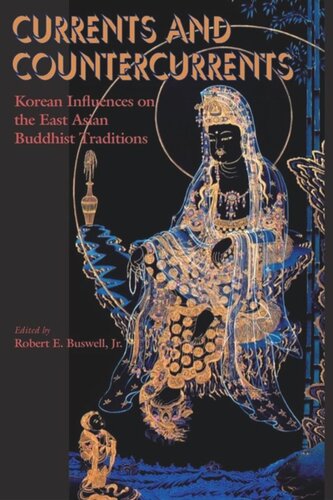

Most ebook files are in PDF format, so you can easily read them using various software such as Foxit Reader or directly on the Google Chrome browser.
Some ebook files are released by publishers in other formats such as .awz, .mobi, .epub, .fb2, etc. You may need to install specific software to read these formats on mobile/PC, such as Calibre.
Please read the tutorial at this link: https://ebookbell.com/faq
We offer FREE conversion to the popular formats you request; however, this may take some time. Therefore, right after payment, please email us, and we will try to provide the service as quickly as possible.
For some exceptional file formats or broken links (if any), please refrain from opening any disputes. Instead, email us first, and we will try to assist within a maximum of 6 hours.
EbookBell Team

4.0
26 reviewsSoon after the inception of Buddhism in the sixth or fifth century B.C.E., the Buddha ordered his small band of monks to wander forth for the welfare and weal of the many, a command that initiated one of the greatest missionary movements in world religious history. But this account of a monolithic missionary movement spreading outward from the Buddhist homeland of India across the Asian continent is just one part of the story. The case of East Asian Buddhism suggests another tale, one in which the dominant eastward current of diffusion creates important eddies, or countercurrents, of influence that redound back toward the center. These countercurrents have had significant, even profound, impact on neighboring traditions.
In East Asia perhaps the most important countercurrent of influence came from Korea, the focus of this volume. Chapters examine the role played by the Paekche kingdom in introducing Buddhist material culture (especially monastic architecture) to Japan and the impact of Korean scholiasts on the creation of several distinctive features that eventually came to characterize Japanese Pure Land Buddhism. The lives and intellectual importance of the monks Sungnang (fl. ca. 490) and Wonch’uk (613–696) are reassessed, bringing to light their role in the development of early intellectual schools within Chinese Buddhism. Later chapters discuss the influential teachings of the semi-legendary master Musang (684–762), the patriarch of two of the earliest schools of Ch’an; the work of a dozen or so Korean monks active in the Chinese T’ient’ai tradition; and the Huiyin monastery.